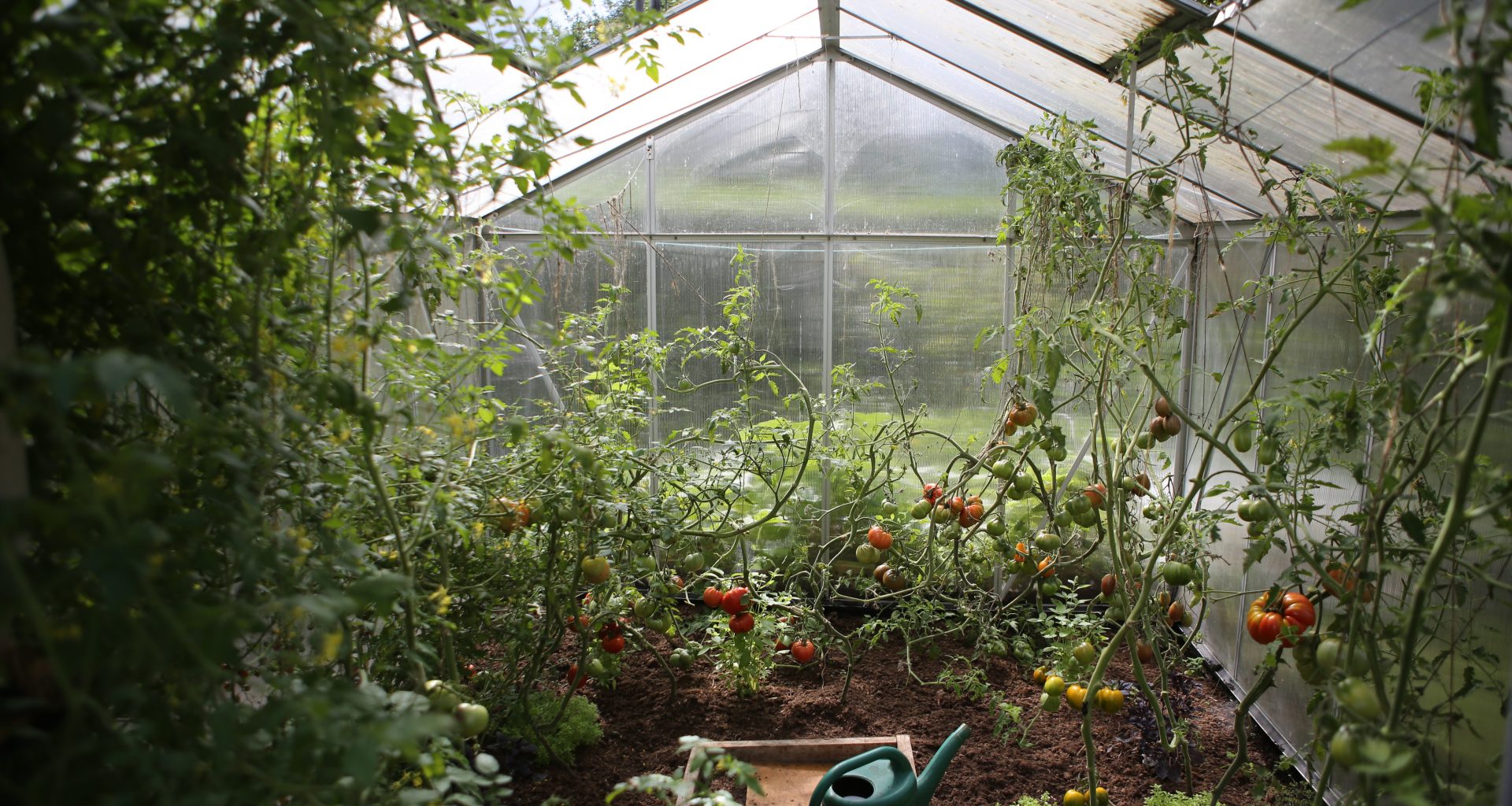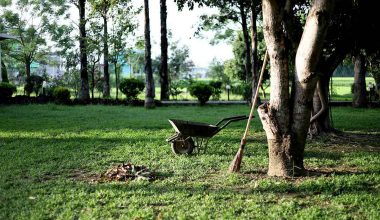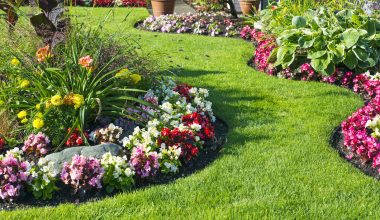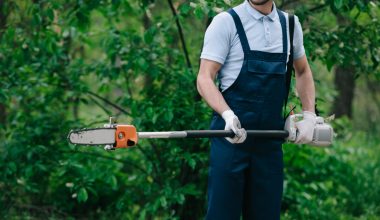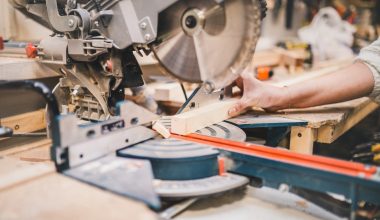Greenhouses are a perfect environment for your plants to start their lives. You can also grow certain plants not ideally suited to your local weather or environment. As gardeners, we take great pride over the growing of our own plants all the way up from seeds to produce their fruits. Without a greenhouse environment, many of our favorite plants would never survive. It’s important then that we understand the delicate nature of this micro-environment and understand its water needs.
When should you water?
As with watering any plant inside a greenhouse or out in your garden, it is critical to know when to water. For greenhouse plants, we can look at the compost or growing medium to check when it dries out. This is a good indication that watering is needed to allow the plants to fully reach their potential. In your greenhouse temperatures will far exceed that of the outdoors and so extra care is needed to make sure watering continues throughout the day.
Unlike many gardens greenhouses often have irrigation systems to provide water directly to the roots. This means you can water slowly throughout the day. Don’t forget that the time of year, weather conditions, and plant types all impact the amount of water needed.
How much water is needed?
Our plants are separated into individual containers to assist growing and also contain water. You can tell when enough water has been given because the growing medium will become saturated. Make sure you have good drainage under the containers and suitable holes to allow the water to flow freely if you accidentally add too much. It is still possible to overwater in a greenhouse by applying consistently too much water and poor drainage.
Greenhouse irrigation
Greenhouses are often quite compact and are laid out in a way to maximize growing space and access to the plants. This means that watering them is quite straight forward as the plants are along the edges. A hose or watering can is often perfect for this as you can see exactly how much water you are giving each plant. This is important if you have different varieties of plants that require varying amounts of water.
A metal garden hose is ideal in a greenhouse for a couple of reasons. Firstly, you don’t need to worry about the hose getting too hot. This is because the metal casing keeps the water cool and the outside cool to the touch. A metal hose isn’t easily damaged as you move around your greenhouse. Plus they can also be quickly coiled up after each use for safe storage.
Drip irrigation
As previously mentioned not all plants require the same amount or frequency of water. So you don’t have to worry about your greenhouse while you are away a drip irrigation system can be set up. A simple system using larger and smaller pipes to determine the amount of water supplied to an individual plant. This is quick to set up and easily adjusted. For more complex systems you can purchase watering timers. These can turn the water on and off at the correct times throughout the day.
For smaller plants, we use a system of micro pipes that supply a very slow constant drip. This allows the growing medium to get moist while also allowing it to fully dry out. Allowing it to dry out is essential to stop root disease and rot. It is, therefore, a perfect level of water to supply to younger plants that need all the help they can get.
Overwatering
It is sometimes an art form to correctly control the right levels of water supplied to your plants. Weather, seasons, and plant age will all change the amount needed. It is worth regularly checking that you are not over saturating your growing medium. With improper watering, you will end up with root issues such as disease and algae growth. Potentially leading to an insect outbreak which will damage many more plants in your greenhouse. Don’t forget that even on rainy days greenhouse plants still need watering.
